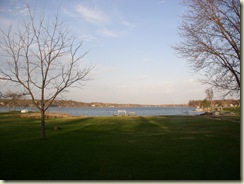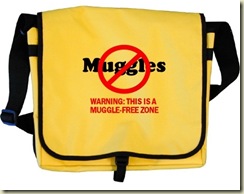As geocaching gets more and more exposure in the media, more and more would-be geocachers log onto the Groundspeak forums to ask the question, "Do you really need to have a GPS unit to find geocaches?" Hmmm, difficult question. But an intriguing idea. Geocaching is usually done by following the lead of a GPS unit. However, geocaches can be found without one. If you are interested in a more traditional follow-a-pirates-map-to-secret-treasure, I would suggest Letterboxing. But if you are intent to find geocaches without the GPSr, here's a tutorial on how to do it.
Access to a couple of websites makes the task a little easier.
Downloading Google Earth would help too.
Satellite photo coverage may vary from location to location, so it's best to check the views of each web site. Some areas may have very poor satellite photo coverage, and the method for finding geocaches described here may not work. You just might have to break down and purchase that GPSr. Sorry.
The first step is to log onto geocaching.com and identify the geocache you want to find. For this exercise, we are going to use geocache, GC10XBK, Sugar and Spice. We can see from the geocaching.com web page that it's an easy cache to find, and that people are still finding it. ( Don't go looking for a cache that's got a bunch of DNFs posted.) Also, it might be easier to find a cache that is larger in size, but this one will do for our example.
find a cache that is larger in size, but this one will do for our example.
Here's the satellite view of the cache in Google Earth. I've stuck a yellow pin to the cache location. (Click photo to enlarge.) I wouldn't rely on the cache icons on geocaching.com. I've verified that the pin stuck in that photo is the exact location of the cache. Although the scale is not visible in my screen shot, with it, you would see that the exact location of the cache is about 10 to 15 feet south of the main Luce Line bike path. But how do you find that exact spot on the Luce Line Trail?

Here's a shot of the same area on maps.live.com. The views look very different don't they. One is a summertime photo, the other, early spring or late fall. I know that the maps.live.com view is more recent - and probably more reliable because it's early spring right now. Plus, I can see through some of the trees.
I planned the screen shot of the upper photo so that I could draw a line from the upper left-hand corner of photo, straight through the house, and hit the pin. Now I do the same thing with the other photo and it should reveal the visual location of the cache.
Now I shoot a close up of that photo and I can see a second trail - the horse trail that parallels the bike path. So the geocache has to be located about 10 to 15 feet south of the main bike path, within a few feet of where the horse trail intersects the main bike path! So if I were to seek this cache without a GPSr, I would walk along the trail until I came to the spot where the horse trail connects with the main trail. Then walk south about 10 feet. That would easily put me within 20 feet of the cache. On an average day, with that kind of tree coverage, that's about how close a GPSr might get you.
within a few feet of where the horse trail intersects the main bike path! So if I were to seek this cache without a GPSr, I would walk along the trail until I came to the spot where the horse trail connects with the main trail. Then walk south about 10 feet. That would easily put me within 20 feet of the cache. On an average day, with that kind of tree coverage, that's about how close a GPSr might get you.
I would use this method for seeking larger cache containers. There's not too many places to hide a large container in a circle with a 20 foot radius. The hiding place should be pretty obvious at that point.
Technorati Tags: Geocaching,GPS,Google Earth,maps.live.com














































